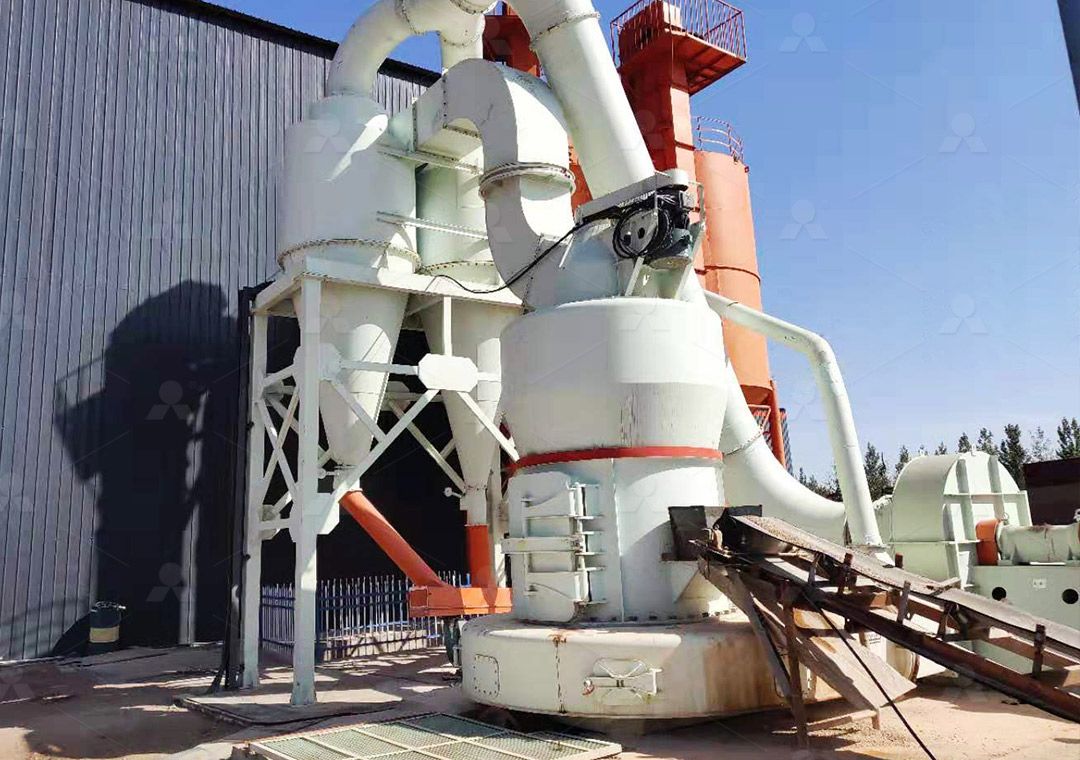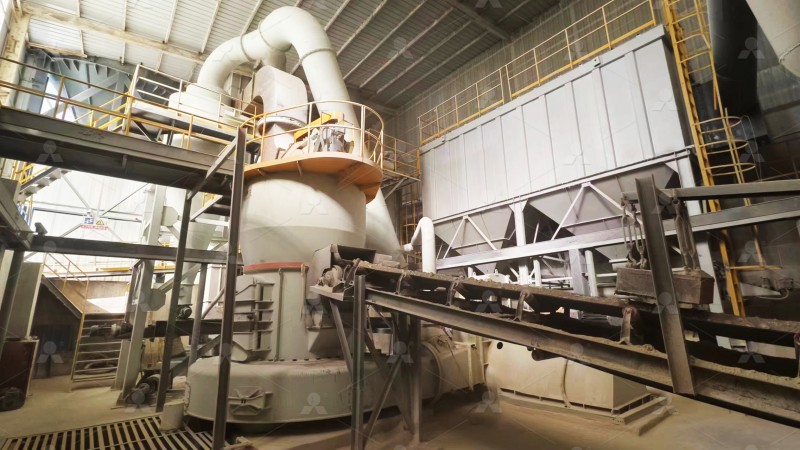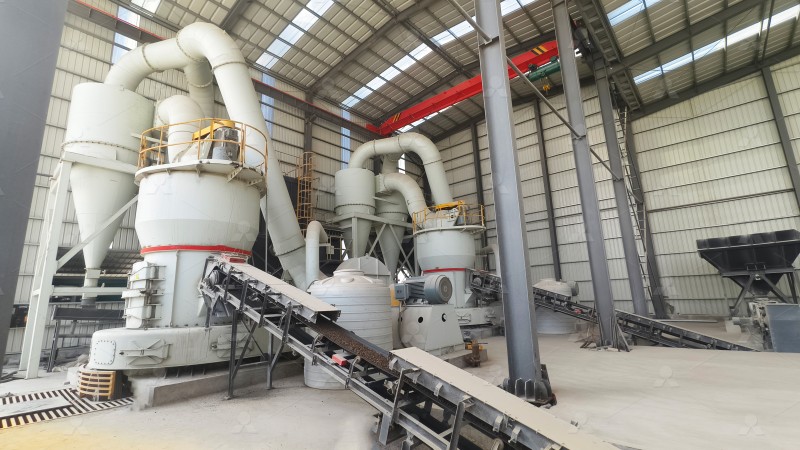Raymond Mill for Limestone Grinding in Linfen, Shanxi
Optimizing Limestone Processing in Northern China’s Industrial Heartland
Linfen, situated in Shanxi Province’s mineral-rich landscape, represents a crucial hub for limestone processing operations. The region’s abundant limestone deposits demand efficient grinding solutions that can handle varying feed sizes while maintaining consistent output quality. For decades, Raymond Mill technology has served as the backbone of limestone processing facilities throughout this industrial corridor.

The traditional Raymond Mill configuration has proven particularly effective for processing limestone with input sizes below 25mm and production requirements up to 5 tons per hour. This robust machinery excels at transforming coarse limestone into powders ranging from 80 to 325 mesh, meeting specifications for construction materials, industrial fillers, and agricultural applications.
Technical Considerations for Limestone Grinding Operations
Successful limestone processing in Linfen’s variable climate conditions requires equipment that can maintain stable operation despite temperature fluctuations and humidity changes. The grinding chamber design in Raymond Mills provides natural resistance to moisture-related clogging, while the centrifugal classification system ensures consistent particle size distribution regardless of atmospheric conditions.
Local operators particularly value the straightforward maintenance protocols associated with these mills. The accessible grinding roller assembly and replaceable wear parts minimize downtime during routine servicing, a critical factor in operations running multiple production shifts. The mechanical simplicity translates to reduced training requirements for technical staff.

Advancing Beyond Traditional Grinding Solutions
While conventional Raymond Mills continue to serve many operations effectively, facilities requiring higher production volumes or finer powder specifications are increasingly turning to more advanced solutions. For operations needing to process limestone with input sizes up to 20mm and production requirements reaching 25 tons per hour, the MW Ultrafine Grinding Mill represents a significant technological leap forward.
This advanced grinding system incorporates German powder separation technology, enabling precise control over final product fineness from 325 to 2500 meshes. The unique design eliminates rolling bearings and screws within the grinding chamber, addressing common failure points that plague traditional grinding equipment. The integrated pulse dust collection system ensures compliance with Shanxi’s increasingly stringent environmental regulations.
Environmental Compliance in Sensitive Regions
Northern China’s focus on air quality improvement has prompted grinding operations to prioritize dust containment and noise reduction. Modern milling equipment addresses these concerns through integrated pulse dust collectors and specialized muffling systems. The MW Ultrafine Grinding Mill exemplifies this approach, operating within national environmental protection standards while maintaining production efficiency.
The grinding chamber’s negative pressure design prevents powder leakage, while external lubrication points allow for maintenance without production interruptions. These features prove particularly valuable in Linfen, where environmental oversight continues to intensify.

Future-Proofing Grinding Operations
As limestone applications diversify into higher-value sectors such as pharmaceuticals, food additives, and advanced composites, processing facilities must adapt their grinding capabilities. The ability to produce ultra-fine powders with narrow particle size distributions becomes increasingly important for accessing premium market segments.
The transition toward more sophisticated grinding technology represents not just an equipment upgrade but a strategic repositioning within the value chain. Operations investing in advanced milling systems position themselves to supply specialized limestone products to industries with stringent quality requirements.
Frequently Asked Questions
What makes Raymond Mills suitable for limestone processing in Linfen?
The simple yet robust design handles the abrasive nature of limestone effectively, with wear parts that can be easily replaced during scheduled maintenance. The technology is well-understood by local technicians, reducing operational complexities.
How does the MW Ultrafine Grinding Mill improve upon traditional Raymond Mills?
It offers significantly higher production capacity (up to 25 tph versus 5 tph), much finer final product (up to 2500 mesh versus 325 mesh), and incorporates modern environmental controls including advanced dust collection and noise reduction features.
What environmental considerations are important for grinding operations in Shanxi?
Dust containment through pulse collection systems, noise reduction through integrated mufflers, and energy efficiency are critical factors. Modern mills are designed to operate within national environmental standards while maximizing production output.
Can the same equipment process different types of limestone?
Yes, both Raymond Mills and more advanced ultrafine grinding systems can handle various limestone compositions, though production rates and wear patterns may vary depending on material hardness and silica content.
What maintenance advantages do modern grinding mills offer?
Designs that eliminate internal bearings and screws reduce failure points, while external lubrication systems enable maintenance without production stoppages. These features significantly improve operational reliability in continuous processing environments.
